Practice the fundamentals: on intentional blur and Olga Karlovac
The third issue of the practice the fundamentals series exploring intentional blur inspired by Olga Karlovac
in the blink of an eye
in the moment between day and night,
somewhere at the edge of darkness and light
walking down an empty road below the mountain of memories
while strong winds from the north carve your marks all over my skin
i feel your breath
and i imagine…
— the opening text of Olga Karlovac’s Escape photo book
This week, I’m exploring intentional camera blur with inspiration from Olga Karlovac.
This post is part of the Practice the Fundamentals series. This series started with a simple idea: create an approach to practice photography that improves specific skills. These skills are focused on the artistic side of photography rather than technical and gear issues. If you missed it, this post explains it in more detail and how it’s inspired by musicians.
As usual, this is the recipe:
Define the technique
Find inspiration from someone who does it well (in photography or other visual arts)
Apply it
Define the technique: intentional blur
There are broadly two techniques that can produce intentional blur in images.
Intentional Camera Movement (ICM) is a technique that uses slow shutter speeds and camera movement (usually handheld) to create images with blur. The result is often abstract and the blur applies to the whole image.
Long exposure photography is a technique that is generally used to show the movement of a subject while the camera doesn’t move (usually on a triposd). It creates images with a blurry subject and a sharp background.
None of these are in a strictly defined and both are related by their use of slow shutter speeds.
Blurry photos are often seen as a defect rather than an advantage, but ICM embraces the potential for expression using blur. Indeed, intentional blur depicts the etymology of the word photography: painting with light.
Find inspiration: Olga Karlovac
Olga Karlovac is a contemporary abstract and street photographer from Croatia. She is an economist by training and picked up photography in her 30s when a friend suggested it could help her express herself. She photographs exclusively in black and white and fully embraces intentional blur as a means of expressing her world view and emotions.
As a self taught photographer, she started taking photos without much consideration for rules and expectations of sharpness. She discovered her love for movement and intentional blur and found that it resonates with what she wants to convey.
“I don’t think we always have to see everything sharp. There is beauty in not seeing everything at first sight”
Karlovac self published 3 photography books (with a fourth coming soon) since 2017, each representing a period of her life. Her subjects are often dark figures walking in rainy or snowy weather. To me, her photos evoke feelings of nostalgia and melancholy with the blur expressing the passage of time.
In this interview exploring ICM photography, she explains that she draws her inspiration from literature and painting, and mentions the writers Haruki Murakami and Paul Auster and artists William Kentridge and Edvard Munch.
In the same interview, she also shares some advice for aspiring photographers:
Be who you are
Be persistent
Educate yourself and feed off of art
Be patient
Create a project
Believe in yourself
Make a book
“Take the camera, go out and shoot and listen to what [you] feel, what something inside of [you] tells you to shoot”
Apply it:
Sharpness is a bourgeois concept
- Henri Cartier-Bresson
The challenge in trying ICM is that we are so used to sharpness being an important attribute of a good photo.
I remembered Henri Cartier-Bresson’s quote and took my camera out for a walk. I set my shutter speed to 1/10th of a second, I press the shutter and move the camera and immediately feel like a weirdo. I check the camera’s screen and the photo looks I pressed the shutter by mistake while walking. Sure I was doing it intentionally but my instinct was to delete the photo. I reminded myself that I am an artist, the camera my paint brush and suddenly I felt better. I’m not making mistakes, I am painting with light. I am conveying complex human emotions in an abstract visual mess.
Further into the walk, my photos get a bit better and so does my internal dialogue. Internal Camera Movement, I tell myself, is actually the anti technology and AI movement in photography. Not only am I painting with light, but I am also keeping AI from taking over the art world. This must be an important photo walk… Intentional blur puts imperfection back in photography in an age of over processed overly sharp too-many-megapixal photos. I am conveying complex human emotions and imperfection is very much a part of that.
Anyway, beyond the philosophical photo-walk thoughts, here are a few learnings from experimenting with ICM:
Shutter speed between 1/2 to 1/25th of a second (you may need an ND filter during the day to achieve this)
Like with abstract reflection photography from last post, it helps if the viewer can make out a familiar figure in the photos
Try different camera movements and eventually you start to get a feel for the “right” amount
Checking the photos in the camera screen doesn’t show much because you don’t really see the brush strokes (so hold off on deleting photos in camera)




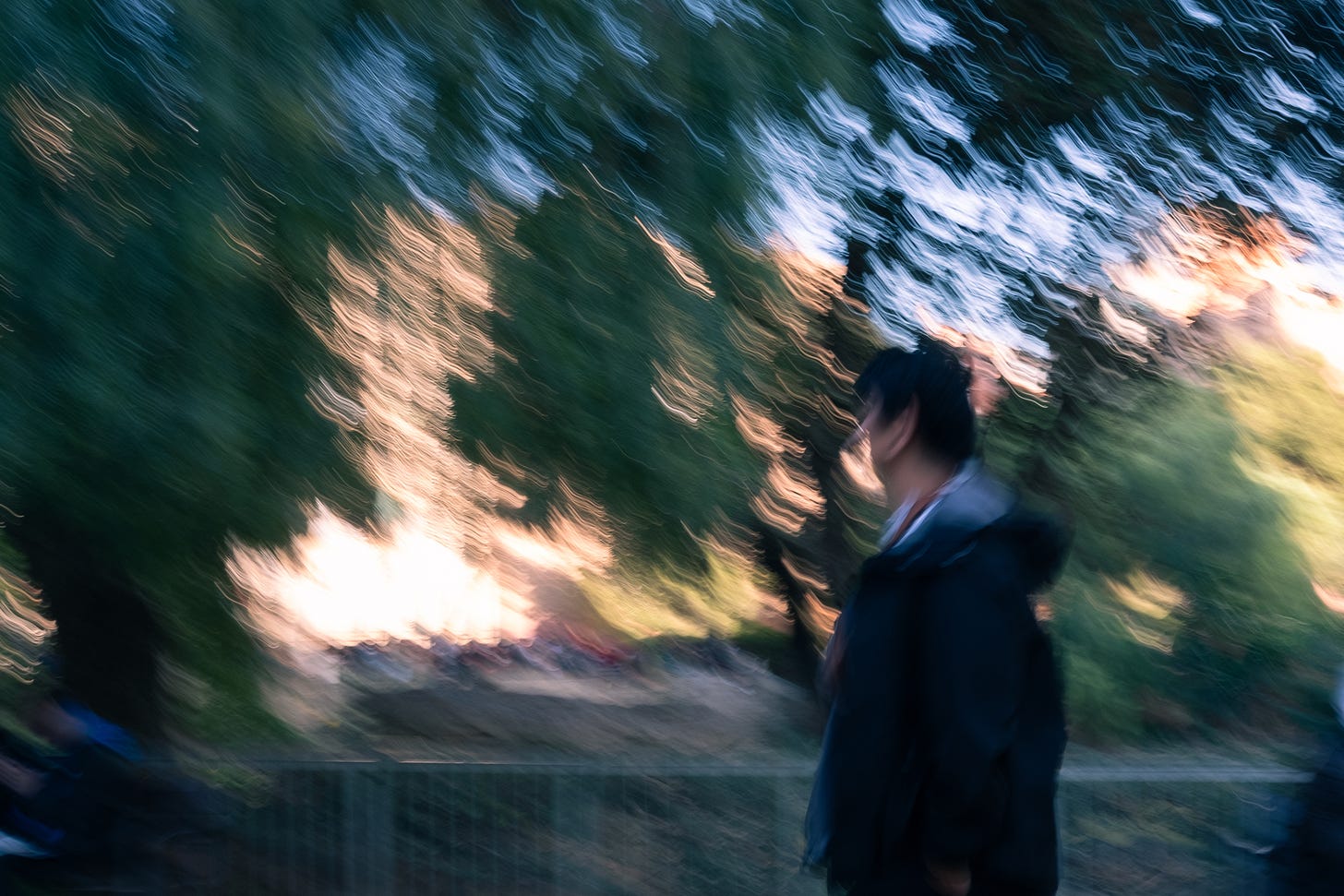

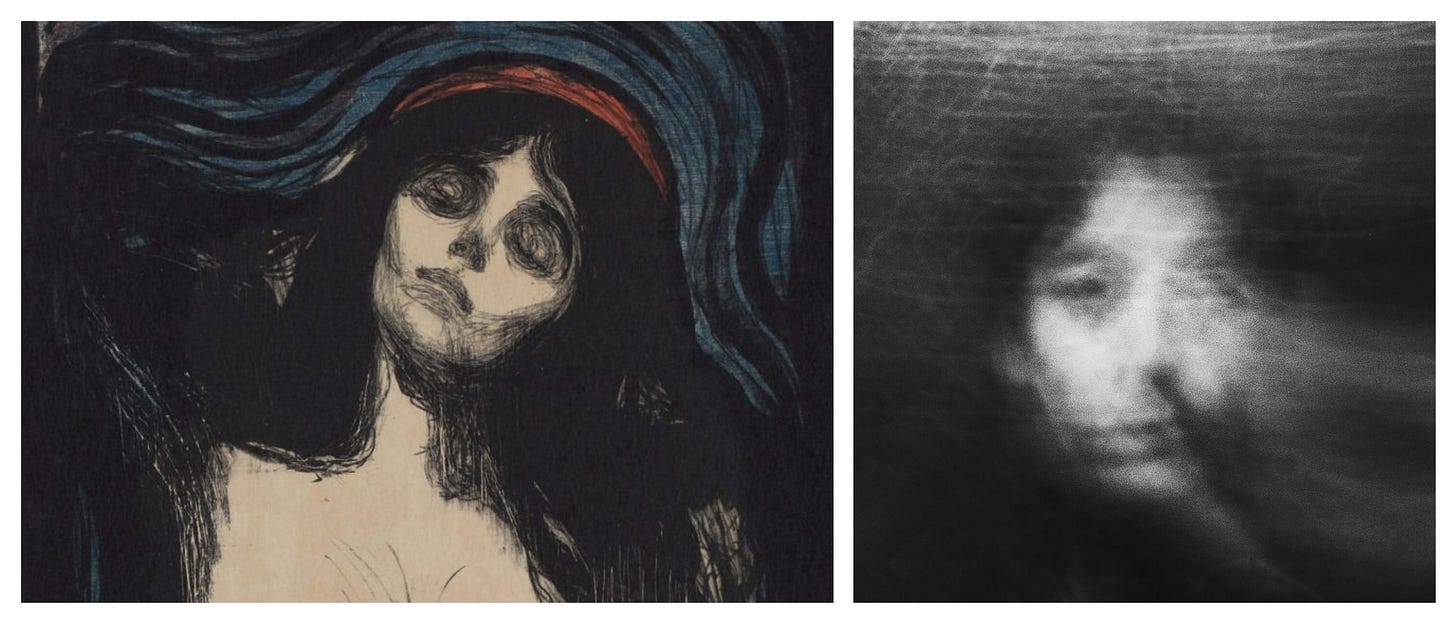
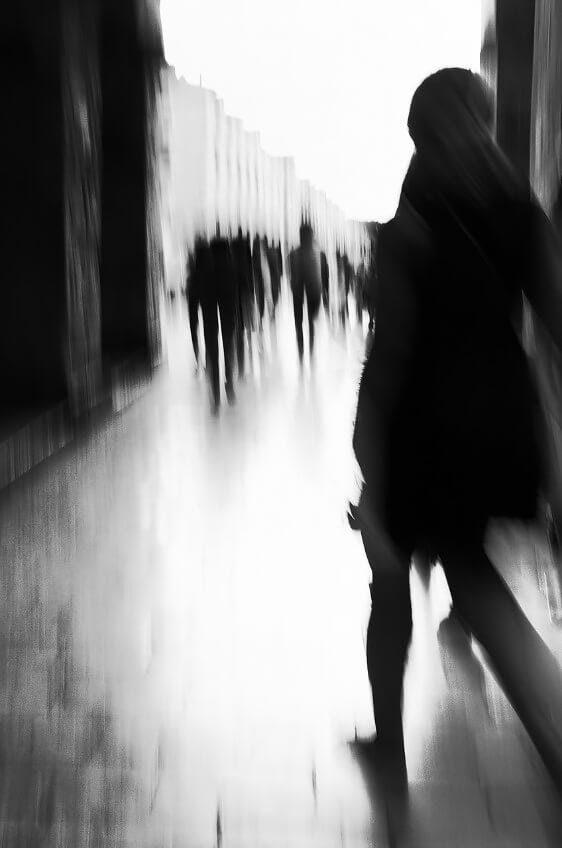
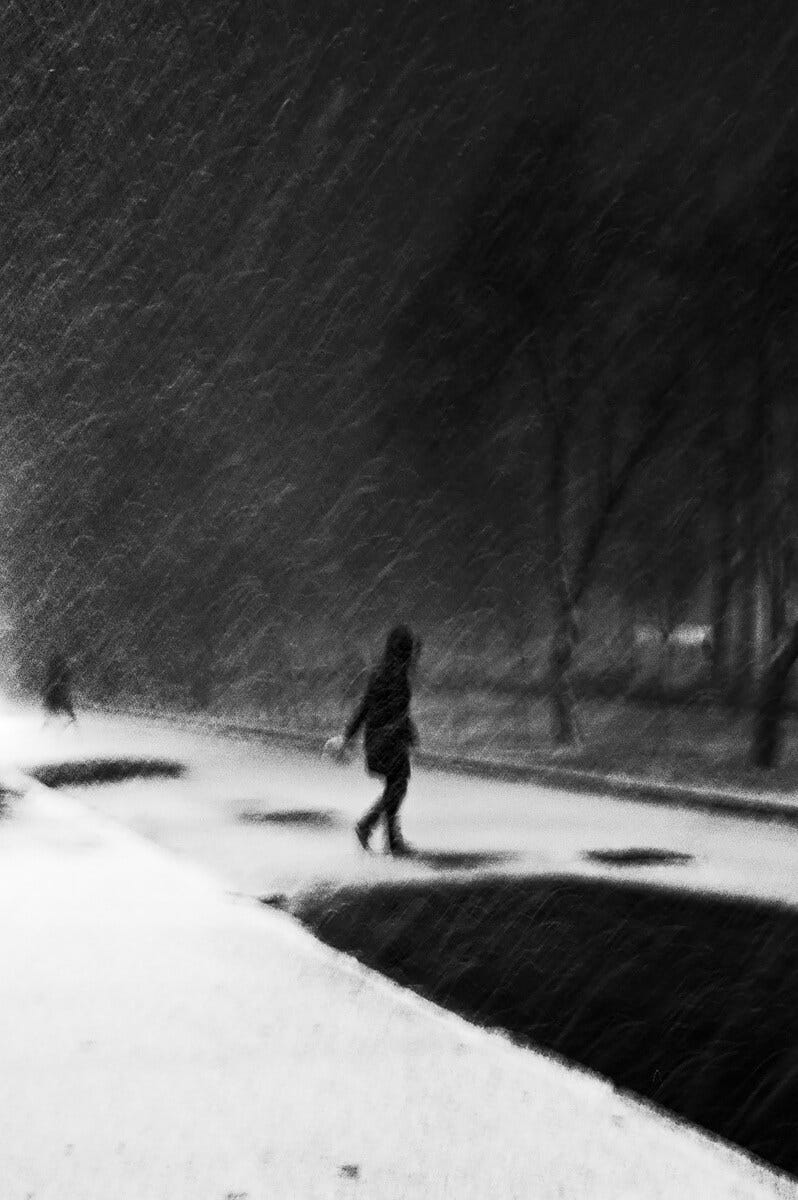
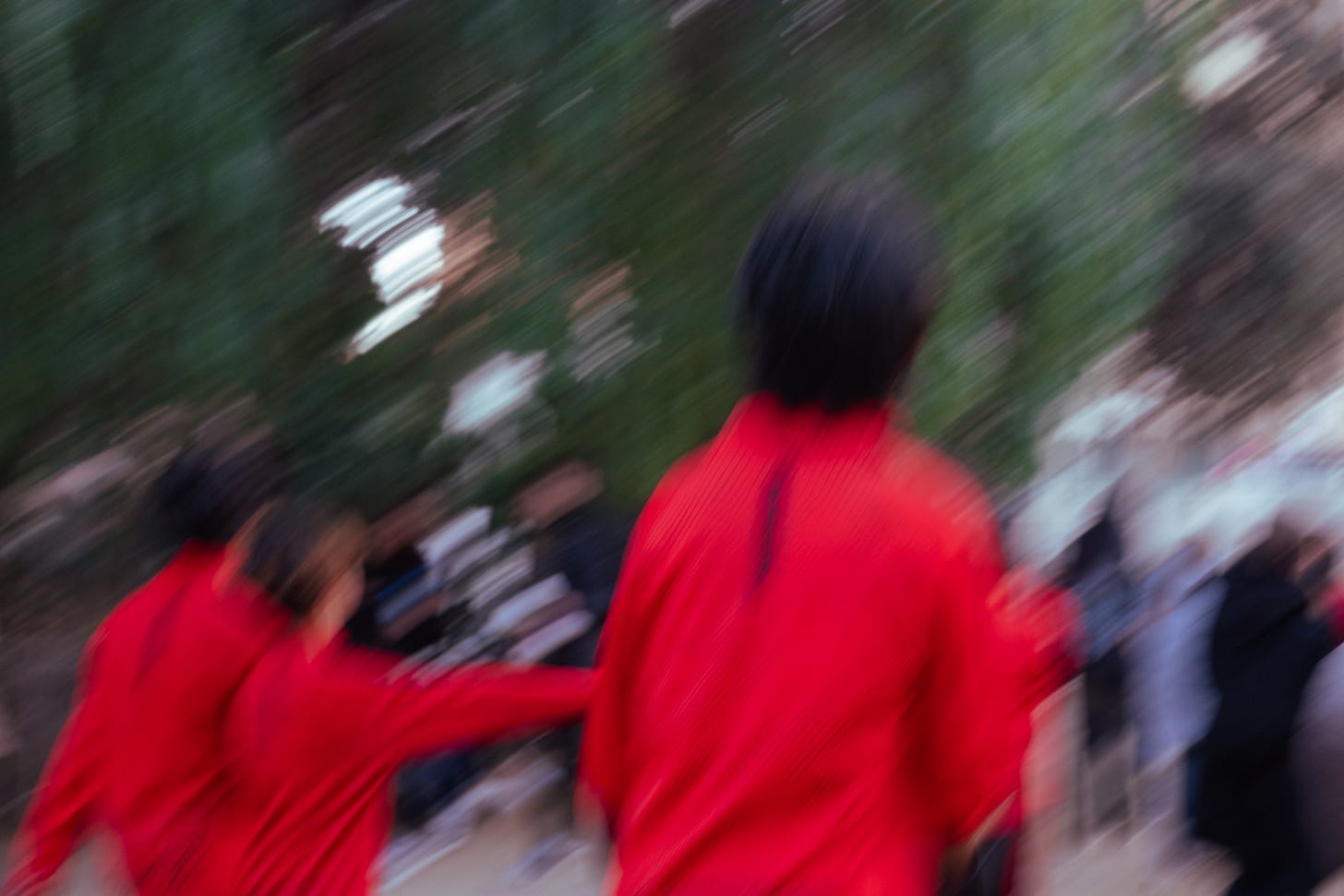


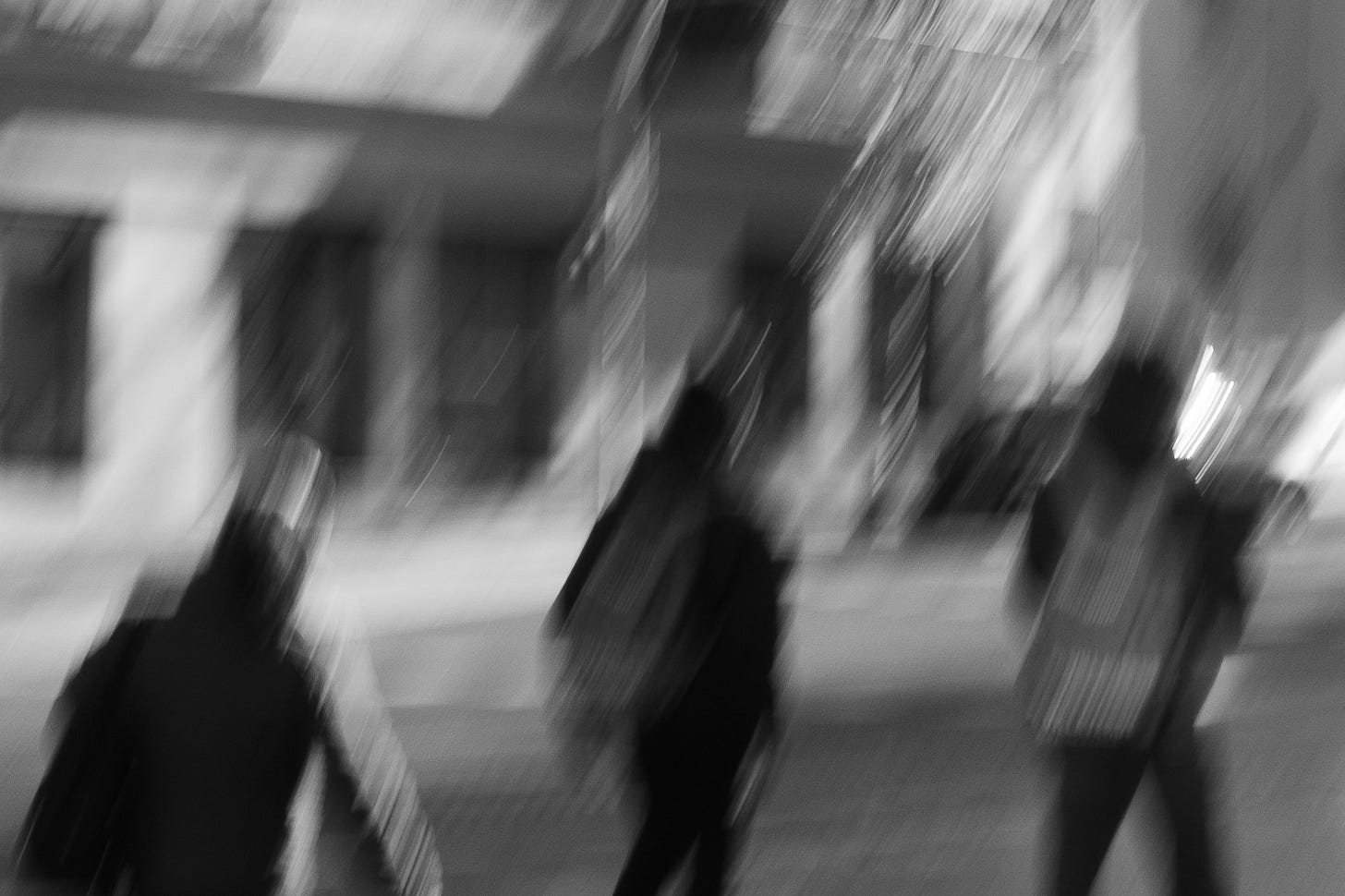

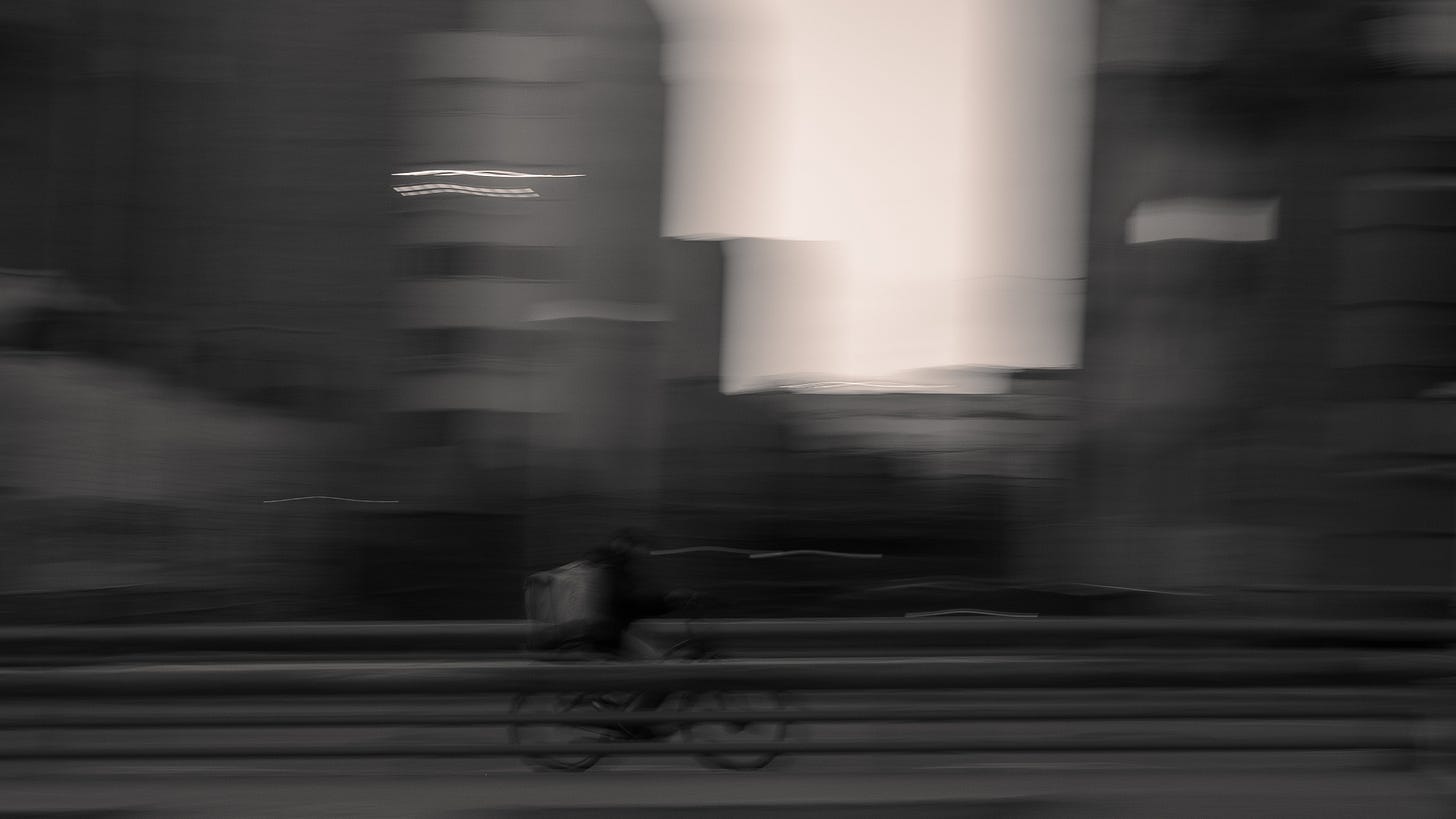
Another fascinating read! Looking at my own experience, I definitely struggle with the disgust of finding a blurry picture in my set… It usually gets better after letting it sit for a while and coming back to it later or having an external eye comment that it makes the picture good haha. I have to experiment with intentional blur :)